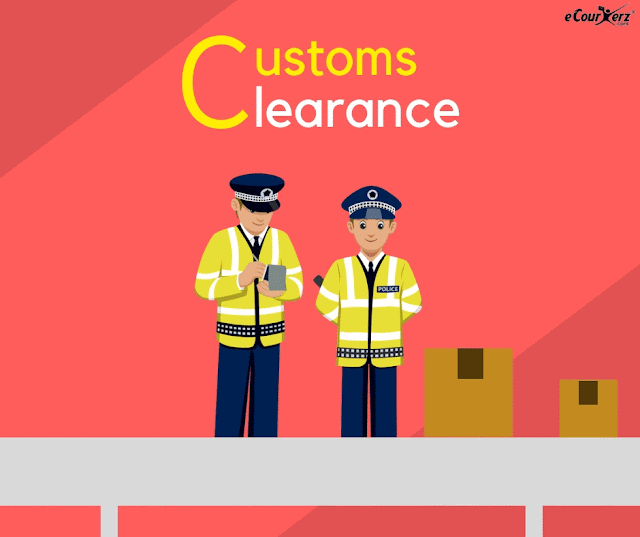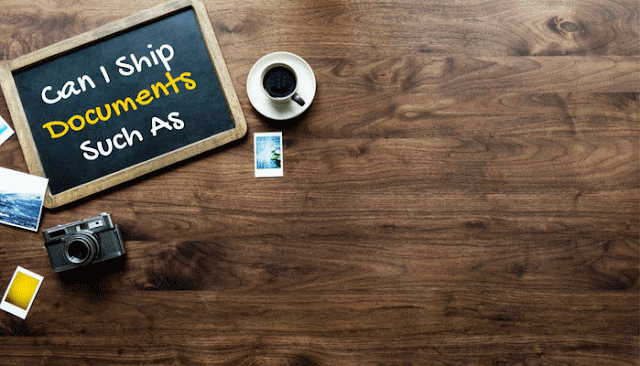Custom Clearance-How Does It Work?
Most of the newbie entrepreneurs shy away from international import or export due to the high complexities involved in cross border shipping. The one thing which makes International shipping a chill wind is the customs clearance. If you are planning to import the goods and sell it in the local market, then you must get used to the word “Customs Clearance” as this can wreck your import dreams if you don't understand what it is, how it works and how will it affect your import business. So let's dive in deep to understand what is customs clearance.
In order to monitor the movement of the goods across the border, a certain set of rules and regulations have been formulated by every country. Which every individual willing to import or export the goods across the border must comply. In order to conserve the local industries, employment opportunities and to protect the local market from the foreign competition, duties and taxes are imposed on the goods which are being imported. Further, to support the local industries and increase the country's revenue, subsidies are provided for the goods which are being exported. Thus, maintaining the balance of trade in the country.
If you are importing goods to India, the shipment will be moved to the customs clearance once it reaches the Indian port. The customs authorities evaluate the product and fix the customs duties and taxes. Generally, the consignee pays the customs and taxes by logging into the https://www.icegate.gov.in/ website. Only when you pay the duties and taxes, your parcel will be out for delivery, else it will be held in the customs. In worst cases, the parcel will be destroyed if the consignee doesn't pay the duty amount.
You cannot know the exact custom duties which will be imposed on your products until it undergoes the customs clearance process, as it totally depends on various factors such as:
1. Purpose of shipping the parcel: The reason for shipping the parcel is a major factor which decides if your shipments will be subjected to customs duties or not. If you are importing products to resell and if its value is above INR 50,000 then you will have to pay duties and taxes. If you are importing products for personal use whose value is below INR 50,000, then you need not to pay the duties.
2. Value of the shipment: The value of the shipment plays a major role in determining the customs duties. Higher value shipments attract higher duty amount than the shipment with a lower value.
3. The product being shipped: Customs duty also varies with the product which you are shipping i.e. duty charges varies with the HSN Code of the product.
4. Country of Import: As each country has its own customs duties and taxes, the duty amount varies when you import to different countries.Though you cannot get to know the exact amount of the customs duties, you still can calculate the approximate duty amount which might be charged.
Follow the below steps to calculate the duty charges if you are importing goods to India:
Step 1: Login to https://www.icegate.gov.in/ website
Step 2: Select the “Customs Duty Calculator” in the services column
Step 3: Click on “Trade Guide on Imports” option
Step 4: Enter your products HSN Code in the “CTH” field. Enter the description of the product being shipped and select the country from where you are importing and click on “Search” button
Step 5: Estimated customs duty amount will be displayed
Customs duties are often misunderstood by the shipper as the duties imposed by the courier service provider, but in fact, the courier company has to do nothing with it. It is that particular country's government, which imposes the duties and taxes on the goods which are imported. Any kind of delay or hold of the parcel is completely due to the customs procedures.
My parcel is stuck at the Customs. What to do?
The best part of embracing technology in logistics is that you can easily track the exact location of your parcel with just a dozen length tracking code generated when you book a courier. The parcel is scanned at every stop of exchange in its journey, this enables you to know the exact location of the parcel including your parcel status on customs clearance. If your parcel gets stuck at the customs, then the tracking status ”held in customs” will be displayed. Few of the carriers don’t have the tracking status for the customs clearance. In such cases, if you find your parcel not moving from the last location for several days, then it may be held at the customs unless it is not lost.
Contact your courier service provider immediately if your parcel is stuck at the customs. Get to know the exact reason for the hold, try to provide the necessary documents if required and collect all the latest updates on the status of your shipment.
Customs may hold your parcel for different reasons, some of them being:
1. If the content of the parcel is prohibited in the country of import.
2. In case of missing or improper documents.
3. If the shipper has under-declared the value of the parcel.
4. If the product description is incomplete and if the customs need more information on the product.
5. If the consignee doesn't pay the duty taxes on time.
These are the common reasons for the customs authorities to seize your parcel. You need to clear it with the utmost priority by rendering what's required. In case of undervalued shipment, the customs authorities impose heavy fine depending on the value of your parcel without clearing this your parcel will not be moved out for delivery. So try to avoid the things which might result in the seizure of your parcel. Understand how the customs work for a hassle-free shipping.










Comments
Post a Comment